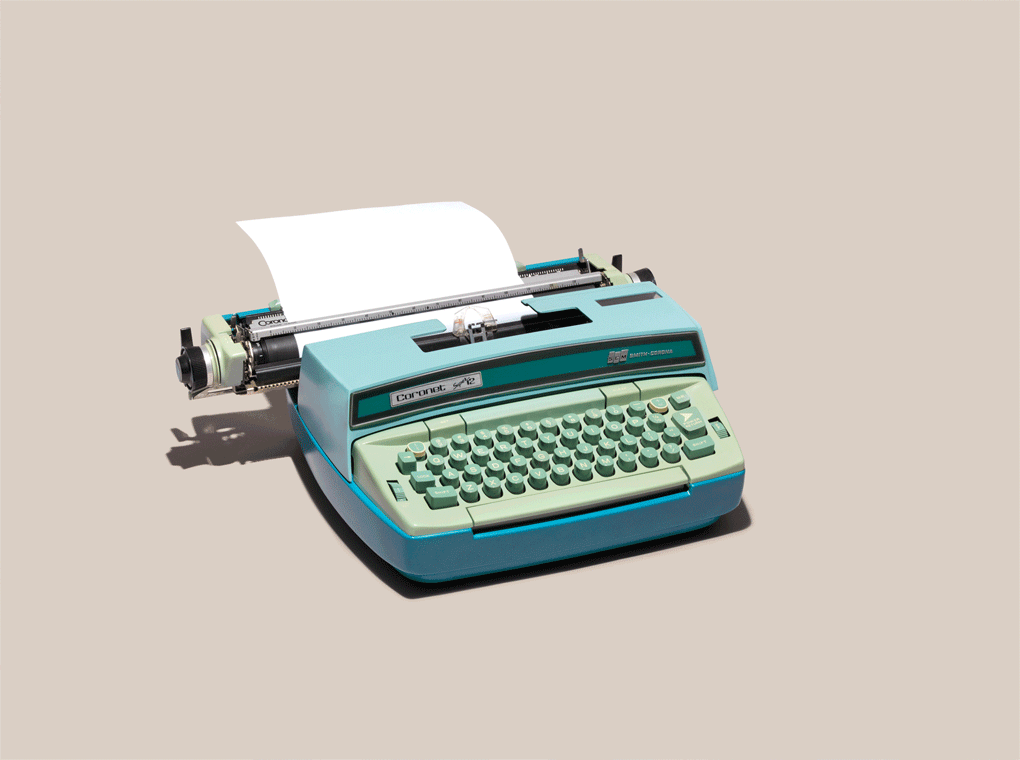Sony A7S ii B&H Preview
-
Featured Topics
-
Topics
-
1
-
Artur Hawkwing ·
Posted in Storage Devices0 -
Blazepoint5 ·
Posted in Laptops and Pre-Built Systems1 -
INotPablo ·
Posted in Graphics Cards0 -
3
-
Teary_Oberon ·
Posted in CPUs, Motherboards, and Memory5 -
2
-
Dragonwinged ·
Posted in Networking1 -
joe_ollie909 ·
Posted in Graphics Cards2 -
0
-


.png.255947720031a641abdac78e663b681c.png)



.thumb.jpeg.9babd505c85c11addf31a285a02547cc.jpeg)









Create an account or sign in to comment
You need to be a member in order to leave a comment
Create an account
Sign up for a new account in our community. It's easy!
Register a new accountSign in
Already have an account? Sign in here.
Sign In Now